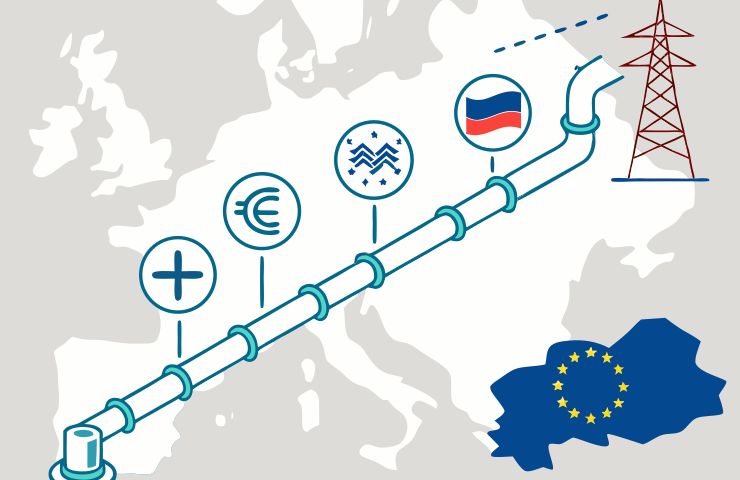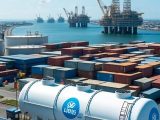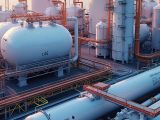
Hydrogen Infrastructure in Focus as ACER Lays Groundwork for Cost Allocation Reform
July 31, 2025Brussels, July 29, 2025 — The EU just made a big move that could make or break its future hydrogen infrastructure. The Agency for the Cooperation of Energy Regulators (ACER) has dropped its much-awaited guidance on how early users and future players should split the cost of building out Europe’s hydrogen network. It might not sound flashy, but it’s a game-changer.
Here’s the deal: laying the groundwork for a full-scale hydrogen network across Europe — think pipelines, storage facilities, and cross-border links — is incredibly expensive. The money has to be spent upfront, long before there’s enough demand to make it pay off. That’s where ACER’s new recommendation on inter-temporal cost allocation (ITCA) steps in. It’s a plan to spread those early costs over time, making it easier for investors to say “yes,” and a lot less financially punishing for those leading the charge.
Why It’s a Big Deal for Green Hydrogen in Europe
Green hydrogen sits right at the center of the EU’s push to go climate-neutral. But building the hydrogen infrastructure needed to support it has been stuck in first gear, mostly because no one wants to risk being the first to pay for something that might not scale up quickly.
That changed last year. The 2024 Hydrogen and Decarbonised Gases Regulation gave ACER new tools to tackle those financial hurdles head-on. It empowered the agency to help design smarter cost-sharing frameworks — and with input from energy companies, regulators, and public stakeholders earlier this year, ACER has now rolled out its first official playbook.
Spreading the Cost, Building the Future
So how does this actually work? ITCA basically says: let’s not saddle the early adopters with the whole price tag. Instead, the idea is to defer a chunk of infrastructure costs and have future users chime in as demand grows. It’s kind of like taking out a mortgage that future homeowners help pay off—making that initial investment a lot less intimidating and keeping access prices lower in the beginning.
Hydrogen Europe threw its support behind the plan during consultations, especially pushing for the use of the Regulatory Asset Base (RAB) model. That model ensures investors see stable, long-term returns. IOGP Europe backed that up too, stressing the importance of public guarantees and some breathing room for uneven national rollouts. Meanwhile, Thüga, the voice of local utility companies, argued for financial help and incentives to keep smaller operators viable in the early stages.
Walking the Tightrope — Without Falling Off
The risks here cut both ways. Move too fast without backing demand, and we risk ending up with a bunch of underused pipelines and storage tanks — what experts call stranded assets. But dragging our feet is just as bad. It means slower industrial decarbonization for major sectors like steelmaking, chemicals, and freight transport.
That’s why ACER isn’t just throwing this guidance out there and walking away. They’re building in oversight, transparency, and scheduled reviews — with the next big check-in planned for 2027. It’s all about finding that sweet spot: keep things fair for the early movers while ensuring infrastructure builders make enough to stay in the game.
And it’s not just about today’s money. It’s laying the pipes and groundwork for the EU’s 2050 sustainable energy and climate neutrality targets.
One Europe, Many Energy Maps
Here’s one sticking point: getting all 27 EU countries to agree on how this should actually work without each one doing its own thing. ACER is pushing for coordinated rules across the board, but with room for flexibility, so each country can tailor the tools to its own market. Measures like demand-side incentives and carefully aimed subsidies are likely going to play a big role.
Europe’s hydrogen economy won’t be built overnight. But now that there’s a fairer framework in place for sharing costs, the EU’s laying down the financial tracks to help drive its shift toward zero-emission technology and full-on industrial decarbonization.



 With over 15 years of reporting hydrogen news, we are your premier source for the latest updates and insights in hydrogen and renewable energy.
With over 15 years of reporting hydrogen news, we are your premier source for the latest updates and insights in hydrogen and renewable energy.